A recent BBC article included the sentence: “An estimated 10% of Canada’s population – around 4 million people – are descendants of the British Home Children.”
That’s a figure that is challenging to estimate. But it isn’t difficult to show how outlandish that 10% is.
Census Perspective
The population of Canada in 1869, the year that Maria Susan Rye brought the first party of children to Canada, was about 3.6 million. Canada’s population in 2024 is about 40 million. This means that the population increased by a factor of 11.11 over 155 years.
Assume that 100,000 arrived in 1869, the top of the range quoted in the British Home Children Registry for the total of those who came pre-WW2. Multiplying 100,000 by 11.11 produces an estimate of 1.1 million, or 2.75% of the present population.
This is an overestimate as not only did all children not arrive in 1869, but the total population increased more by immigration than natural growth.
All Home Children and All Descendants
Take 100,000 arrivals in 1869, but assume the death rate set to zero. That counts all the original home child immigrants and all their descendants, with births continuing to parents regardless of their age. Using crude birth rate stats, I chose those published by Barry Edmonston, Canadian Studies in Population 41, No. 1–2 (Spring/Summer 2014):1–37, the total is 3,340,000. That’s 8.35% of Canada’s current population, still less than 10%.
Making the best estimate
These two scenarios show that 10% is outside the range of possibilities.To make a best estimate would require statistics on the number of children arriving in each age range year-by-year, the number leaving Canada by age year-by-year, and statistics for birth and death rates by age in Canada, back to 1869, year-by-year. Such stats don’t exist.
Even the total number of home children arriving is uncertain, quoted as anything from 80,000 to 130,000.
As regard the 10% claim, I’m remined of the quote attributed to Joseph Goebbels, “Repeat a lie often enough, and it becomes the truth.”
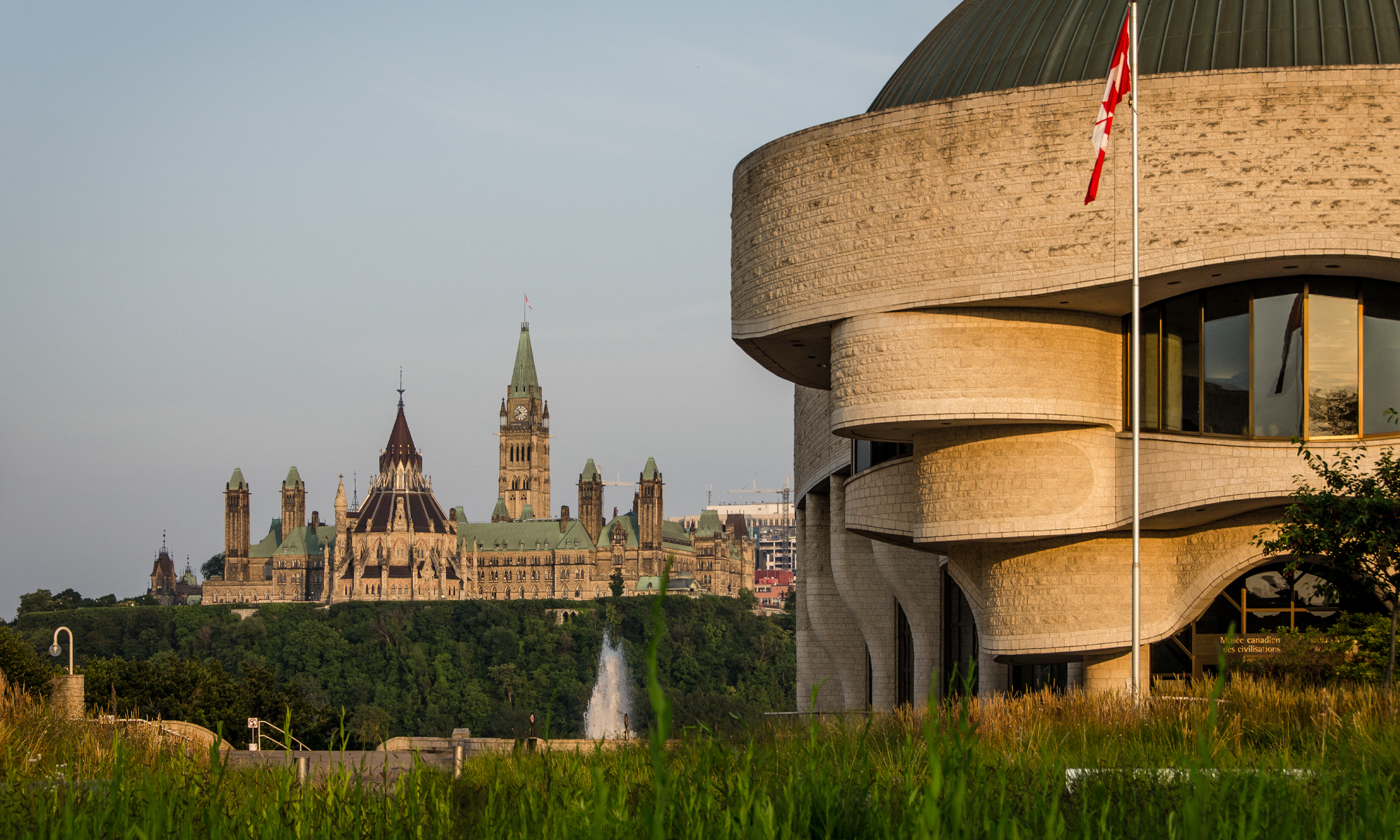

 With the latest updates, the
With the latest updates, the 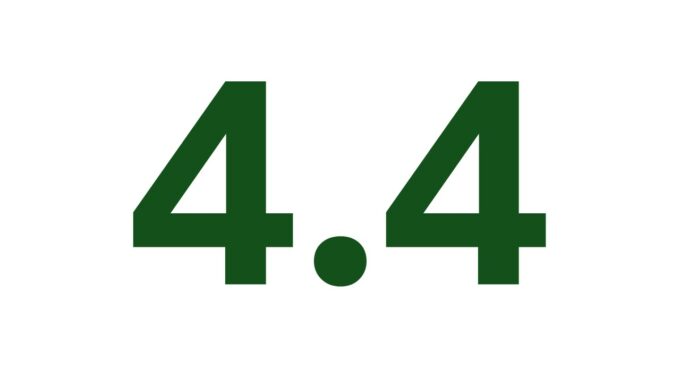 Number of Canadians, in millions, who identify as descendants of Irish immigrants. They comprise about twelve percent of the population.
Number of Canadians, in millions, who identify as descendants of Irish immigrants. They comprise about twelve percent of the population.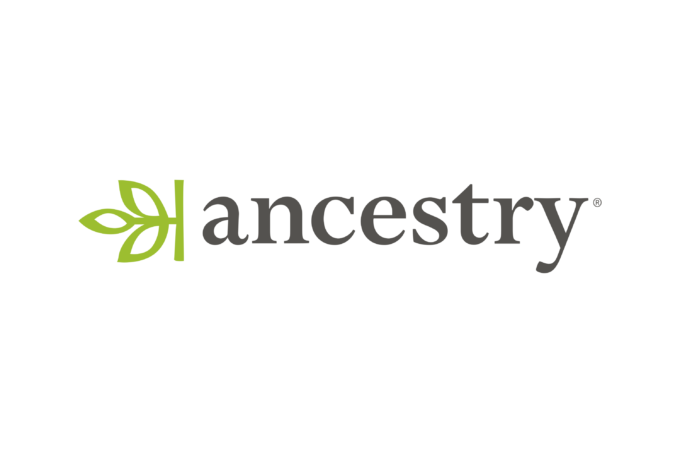 Is there a postal worker in your ancestry? These 147,020 UK postal worker records on 278,540 sheets, usually two sheets per person, are handwritten onto pre-printed forms, with later records typed. The source for the original data is The Postal Museum.
Is there a postal worker in your ancestry? These 147,020 UK postal worker records on 278,540 sheets, usually two sheets per person, are handwritten onto pre-printed forms, with later records typed. The source for the original data is The Postal Museum.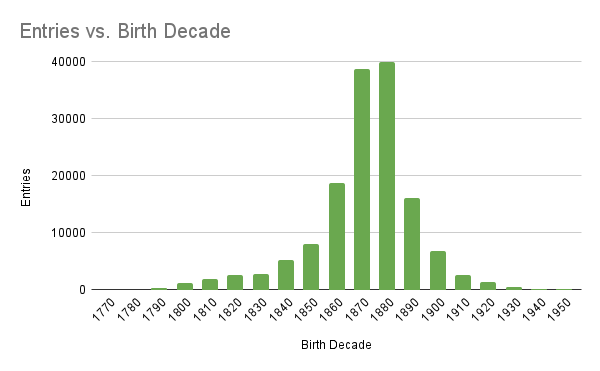
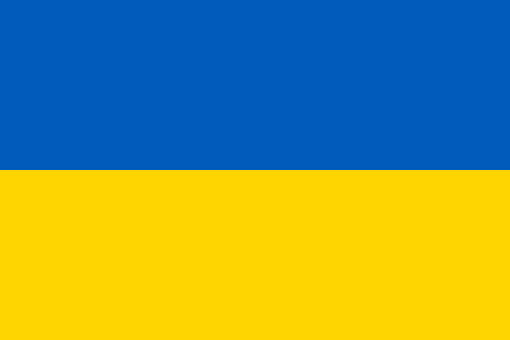
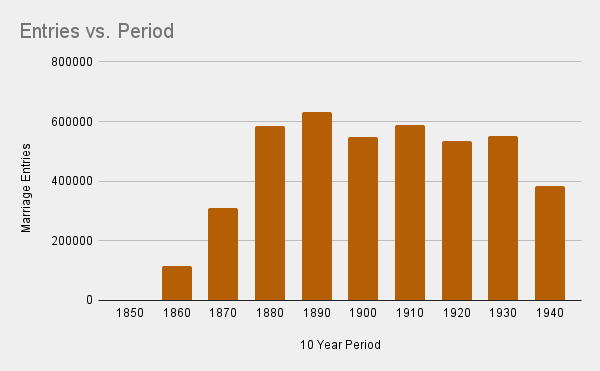
 Here is my personal selection of highlights from the February issue published on 12 January. I read it through the Ottawa Public Library subscription to PressReader.
Here is my personal selection of highlights from the February issue published on 12 January. I read it through the Ottawa Public Library subscription to PressReader.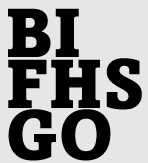 The weather outside may be frightful, but BIFHSGO’s delightful meeting this Saturday, 13 January, goes ahead totally online. Let it snow, let it snow, let it snow!
The weather outside may be frightful, but BIFHSGO’s delightful meeting this Saturday, 13 January, goes ahead totally online. Let it snow, let it snow, let it snow!